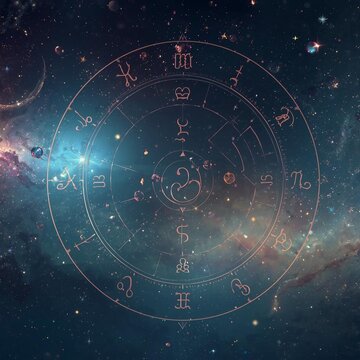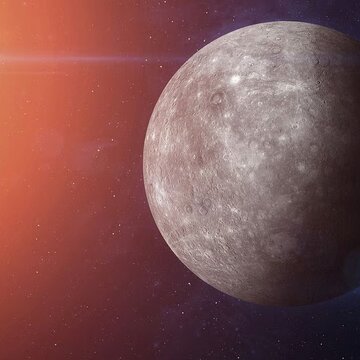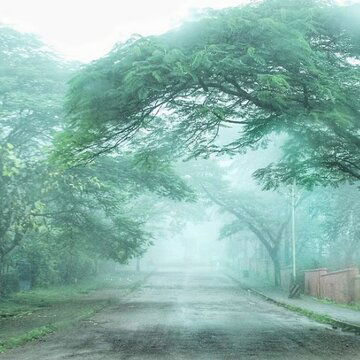India's journey has seen its capital go through many major geographic shift-from the colonial lanes of Kolkata to the expansive, diverse terrain of Delhi. While both cities are an integral part of the country's political and cultural story, their physical footprint are very different from each other.
Delhi:
Delhi which is officially known as the National Capital Territory or the NCT, covers an area of about 1,483 km². Of this, around 700 km² is urban areas and approximately 783 km² is rural.
Also Read | Tired of the urban noise? Unwind by banks of Reilly River
The city stretches for about 52 km in length and 48 km in width, forming a large alluvial plain framed by the Yamuna River and the Aravalli hills.
The vast expanse of Delhi holds a rich heritage of monuments and landmarks in the form of Red Fort, Qutub Minar, India Gate, Humayun's Tomb, Lotus Temple, Jama Masjid, Lodhi Gardens and many more. These monuments are the symbols of its layered political and architectural history.
Kolkata:
In contrast, the Kolkata Municipal Corporation, according to official records, covers an area of approximately 205 km².
Surrounded by the Hooghly River, the city boundaries of Kolkata are narrow from east to west but extend further north-south. Historically marshy, much of the city now rests just above sea level, lending it a low, flat terrain.
The broader Kolkata Metropolitan Area, managed by the KMDA, spans roughly 1,887 km² according to its planning authority.
Despite its modest municipal footprint, Kolkata is rich in heritage: Victoria Memorial, Howrah Bridge, Indian Museum, Dakshineshwar Kali Temple, Belur Math, Maidan, and Prinsep Ghat are a few of Kolkata's iconic sites.
Also Read | Planning a winter wedding? Explore India’s best honeymoon spots for newlyweds
A tale of two capitals
Delhi is a vast capital with impressive monuments and cutting-edge institutions, and its size reflects its status as India's political hub. But despite its small size, Kolkata's packed layout allows every street, riverfront, and open space to resonate with history
In other words, Delhi and Kolkata are cities which are living maps of the past, present, and future of India, carved out by their terrain and carrying a particular legacy across every square kilometre.










